AV Vattev. Beyond Gender Expectations
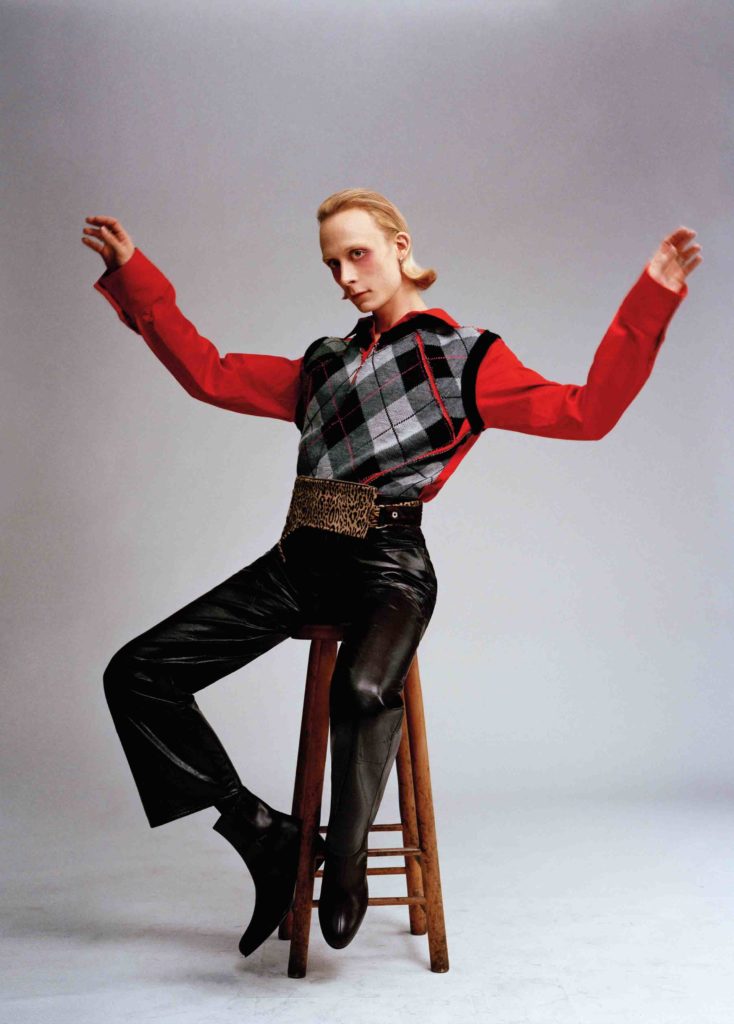 I meet Antonio Vattev right after his return from Paris Fashion Week, where he presented his AW20 collection. He describes the experience using words like “crazy” and “challenging,” but you can tell from his smile, and the occasional Freudian slip, “Paris – I mean, London,” that he’s secretly pleased.
I meet Antonio Vattev right after his return from Paris Fashion Week, where he presented his AW20 collection. He describes the experience using words like “crazy” and “challenging,” but you can tell from his smile, and the occasional Freudian slip, “Paris – I mean, London,” that he’s secretly pleased.
Each item in the collection is made to be mixed and matched with the wearer’s own clothes, an idea he pulls from his mum’s irreverent style, but it’s also a quality he likens to “rule breakers” like Mick Jager and Georgia O’Keefe; “It wasn’t the clothes they were wearing that made them special, but what they brought to the clothes, they made them alive,” he explains. The garments are a masculine take on women’s tailoring, and purposefully play with your expectations of gender: there’s a tailored coat in glassy yellow satin coat with amorphously – shaped panels – a technique that can be seen echoed in brightly patterned sweaters, corseted leather jackets, and organza shirts.
Gunseli Yalcinkaya: Let me start by asking you: have you always desired to study fashion?
Antonio Vattev: Actually, no (laughs). I applied to study graphic design and architecture at Central Saint Martins – I never applied for fashion. Apparently, after seeing my portfolio, the tutors did a second review of my work and put me in a fashion pathway without telling me. When I arrived on the first day, I introduced myself to literally everyone in the graphic design studio, but realised my name wasn’t on the list. I remember my English wasn’t great in the beginning, so I started freaking out.
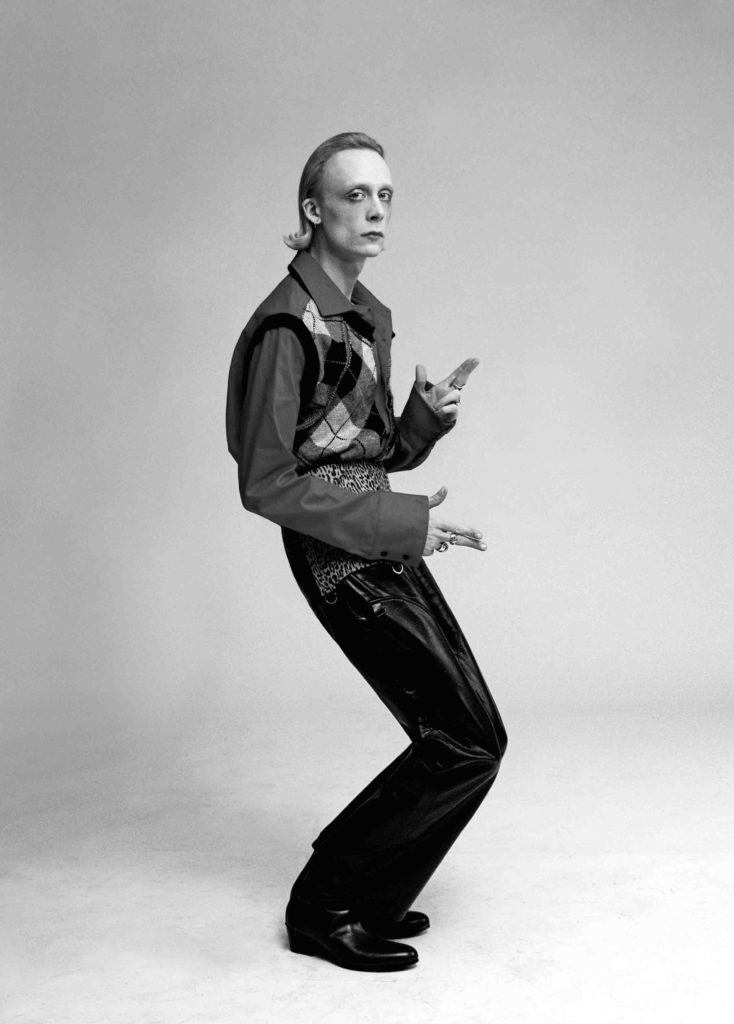 GY: What happened next? Why do you think they did that?
GY: What happened next? Why do you think they did that?
AV: They told me that if I didn’t like it, I could change. I never went back. My portfolio focused a lot on patterns and textiles, like everything was somehow related to fashion. I didn’t even think it was possible for me to study fashion at CSM so I’d opted for graphic design, because that’s what I did in Bulgaria. Honestly, I treated it more like a ticket to London rather than something I was genuinely interested, so it worked out for the best.
GY: What’s your earliest memory of fashion?
AV: There wasn’t much exposure to the fashion system in Bulgaria, but I remember seeing Alexander McQueen’s first collection with the robots, where they paint the dress. I didn’t know who he was, and I remember just being in awe that something like that was possible.
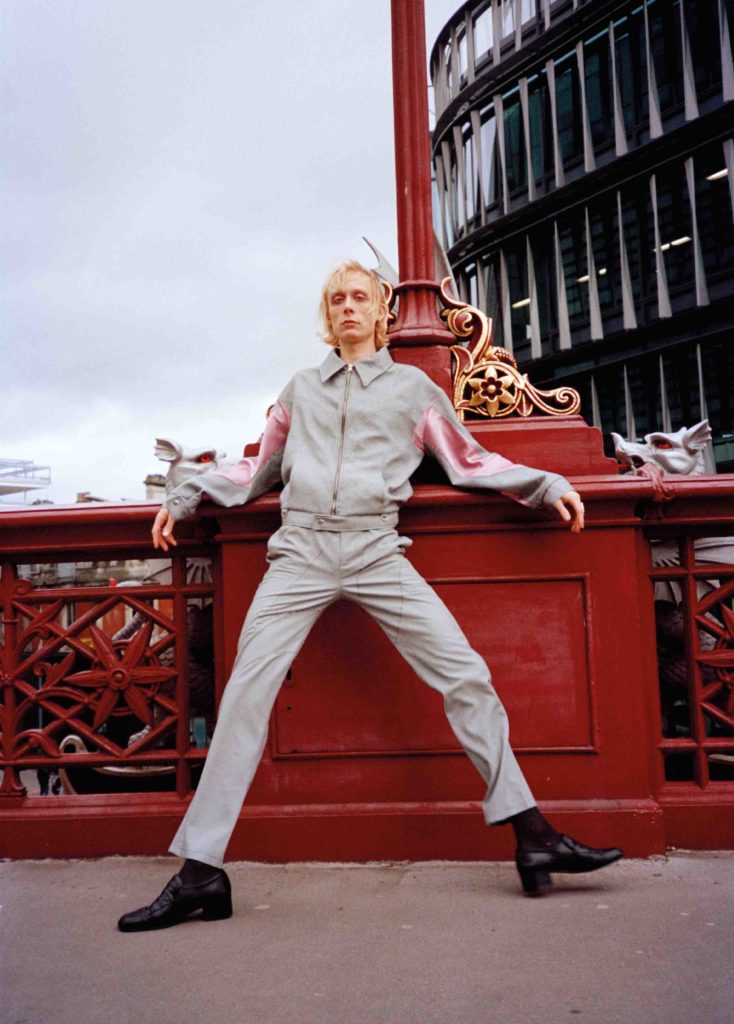 GY: And some personal anecdote?
GY: And some personal anecdote?
AV: I always knew what I wanted to wear as a child, which made things very easy for my mum, who’d always be complaining about dressing my sister, but never me. She’d buy clothes from charity shops. No-one was doing it in Bulgaria at the time – people thought that it was only something ‘poor people’ did. She had this amazing ability to combine expensive clothes with these charity shop buys, and people would always ask her, “where’s this from?” There was this particular fishnet vest she found once, it was real Dolce and Gabbana, with crochet and lace underneath, and she’d let me wear it sometimes. It was so beautiful.
GY: Do you think you have carried this into your work?
AV: Definitely, I started learning about clothes and how to craft them by buying second-hand items, taking them apart, and putting them back together again. With my collection, I want people to wear them, sure, but I want them to mix-and-match with items from their own wardrobes, and customise them. Indeed, this latest collection is inspired by Mick Jagger.
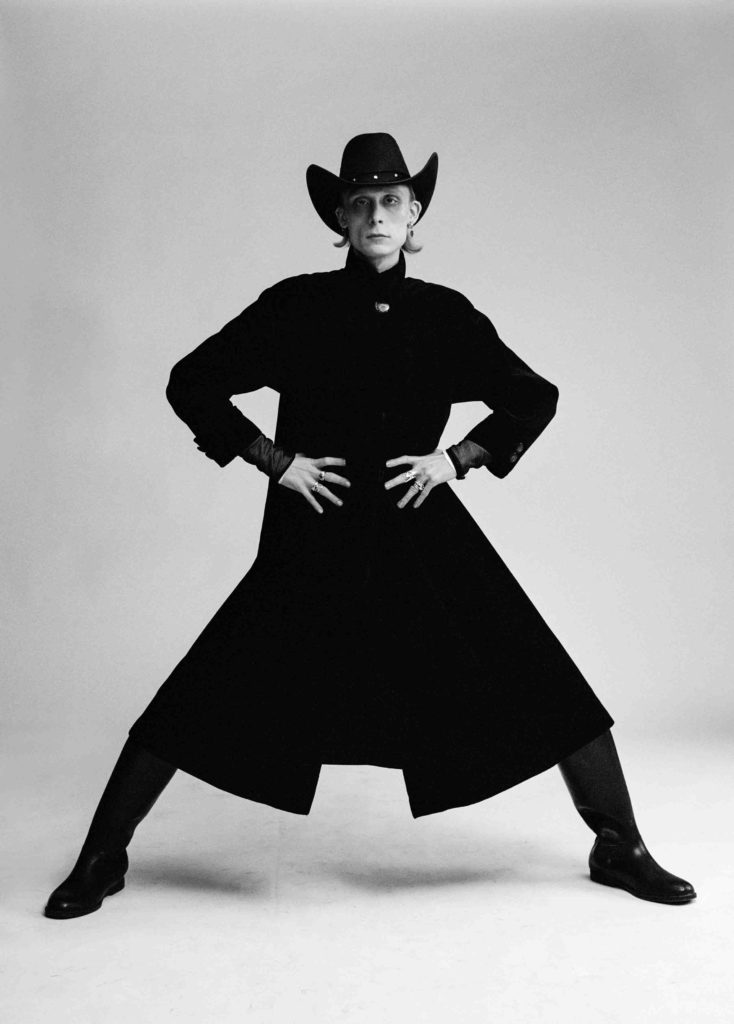 GY: I feel like that je ne se quois is embodied in Hugo Hamlet, too. How else did music inspire the collection?
GY: I feel like that je ne se quois is embodied in Hugo Hamlet, too. How else did music inspire the collection?
AV: It wasn’t so much the music as what Jagger brought to the music. Another reference point to design the collection was Georgia O’Keefe, for example. They were revolutionaries for their times, rule breakers, like Hugo.
GY: So you mention Georgia O’Keeffe, how does her work translate to yours?
AV: She’s a very powerful woman and aware that not everyone likes what she does but this is how she feels. She’s very honest with her in a romantic way, her approach to art is very personal too. The way she saw the flowers was how she painted them. It’s the small details of the flowers that aren’t screaming at you, but that you notice when you’re up close. Similarly, one of my signature pieces is a simple tailored blazer with an intricate twist locker in the place of a button. In one of the jackets, the panels are taken from the forms I see when looking at her close-up flower paintings. But even the way she posed for photographs, she had a very particular way of positioning her hands, which inspired the way the models stood in my lookbook.
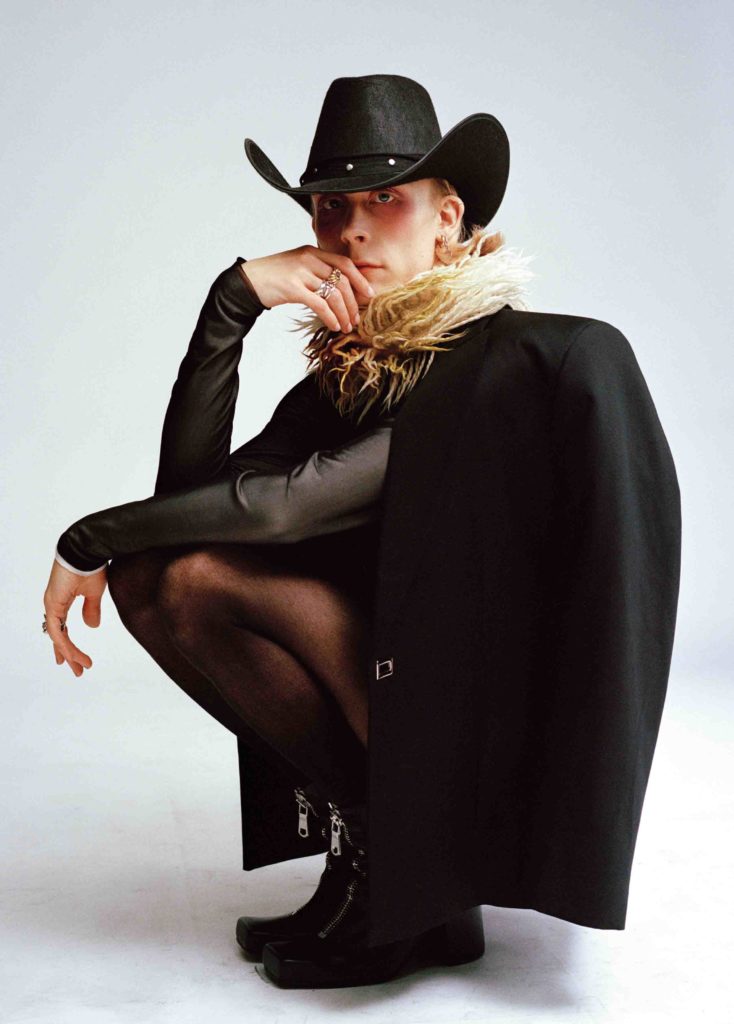 GY: Looking at your AW20, it’s very androgynous – is that the Jagger-O’Keeffe references kicking in?
GY: Looking at your AW20, it’s very androgynous – is that the Jagger-O’Keeffe references kicking in?
AV: It was super fashionable at one point to make men’s clothes feminine, but I want to do the opposite: I want to make womenswear masculine, like how Yves Saint Laurent put the women in a suit, smoking a cigarette. He put the best parts of menswear into a woman’s wardrobe.
